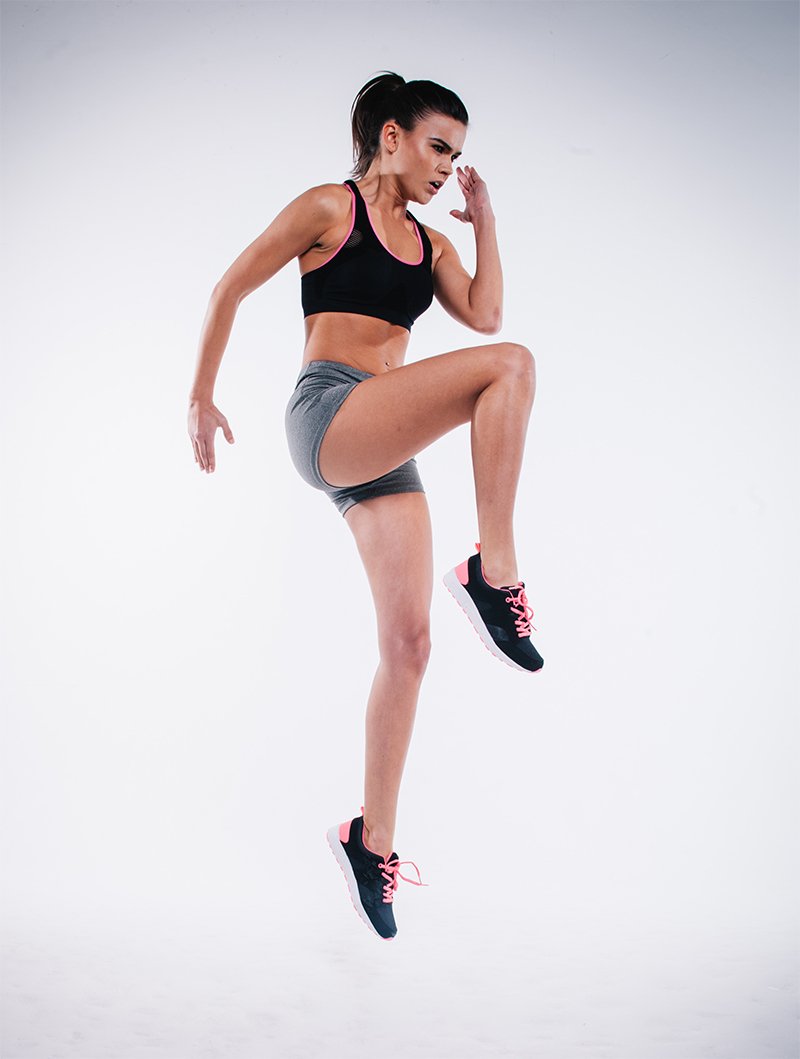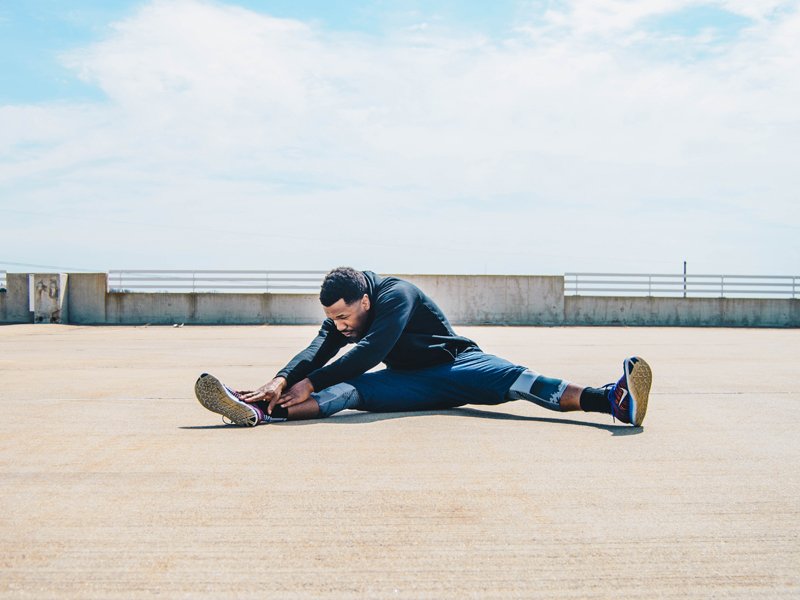Static and Dynamic Stretching – The Importance of Both
There’s a common misconception that stretching is only for runners and professional athletes. This could not be further from the truth. In fact, everyone can benefit from stretching exercises at every age.
Injury reduction, improved flexibility, and increased performance are just the tip of the iceberg when it comes to the benefits of regular post-workout static stretching.
Why is Stretching Important?
Stretching is an activity that most of us skip. Think about it. When was the last time you stretched before and after you exercised? When was the last time you stretched before starting or ending your day? If you have to think about it, chances are you aren’t stretching regularly.
Stretching is an essential component of physical fitness. According to the American Council on Exercise (ACE), without stretching, your joints may stiffen and you increase your risk of potential injury. Not to mention, we naturally lose our flexibility as we age (as they say “use it or lose it!”).
Static vs. Dynamic Stretching
While there are many types of stretching, static stretching and dynamic stretching are the two most common stretching techniques to help you maintain flexibility. Both types of stretching are great and they both prepare your body for activity. Additionally, stretching helps your body recover. The main differences between these two types of stretching are when and how you complete them.
Static Stretching – The most common stretching technique, static stretching requires extending a specific muscle group to its maximum point, just beyond your comfort zone, and holding it. The American College of Sports Medicine recommends holding the stretch 15 to 30 seconds and repeating the stretch three to five times. When performed correctly, static stretches can improve your flexibility. Static stretching is designed to hold a position for a muscle or joint that is minimally challenging. The focus of static stretching is on relaxing the muscle or joint being stretched, letting it naturally go further on its own.

There are two types of static stretches, active and passive. Active static stretching is when additional force is applied for higher intensity. Passive static stretching is when additional force is applied by an external force, such as a partner, to increase the intensity of the stretch. Regardless of the type of static stretching you complete, it should not hurt.
Dynamic Stretching – Unlike static stretching, dynamic stretching requires the use of continuous movement patterns that mimic the sport or exercise being performed. Dynamic stretching is designed to exercise a joint or a muscle through challenging and repetitive motions, moving the targeted muscle further with each repetition. Typically, the purpose of dynamic stretching is to increase flexibility for a given activity or sport. Examples of dynamic stretches are high knee marching, walking lunges, and arm circles.
The Benefits of Stretching
Studies pertaining to the overall benefits of stretching have mixed results. While some studies indicate stretching can help, other studies show that stretching before or after exercise has little benefit. However, most studies show that stretching increases flexibility.
According to the Mayo Clinic, better flexibility may:
● Decrease your risk of injuries
● Improve your performance in sports and other physical activities
● Allow your muscles to work most effectively
● Help your joints move through their full range of motion
Stretching also increases blood flow to the muscles.
Stretch Responsibly
You may need to approach stretching with caution. If you have a chronic condition or have been recently injured, you may need to adjust your stretching techniques. If you already have a strained muscle, stretching may cause further injury.
It’s important to remember that stretching doesn’t mean you won’t become injured. While stretching helps to warm up your muscles, it won’t prevent an injury caused by overuse. Be sure to talk to your healthcare provider about the most appropriate way to stretch if you have any health concerns.
You may also like:
7 Healthy Habits for Greater Physical & Mental Well‑Being
Milk – It’s Not The Only Source Of Calcium That “Does A Body Good”
